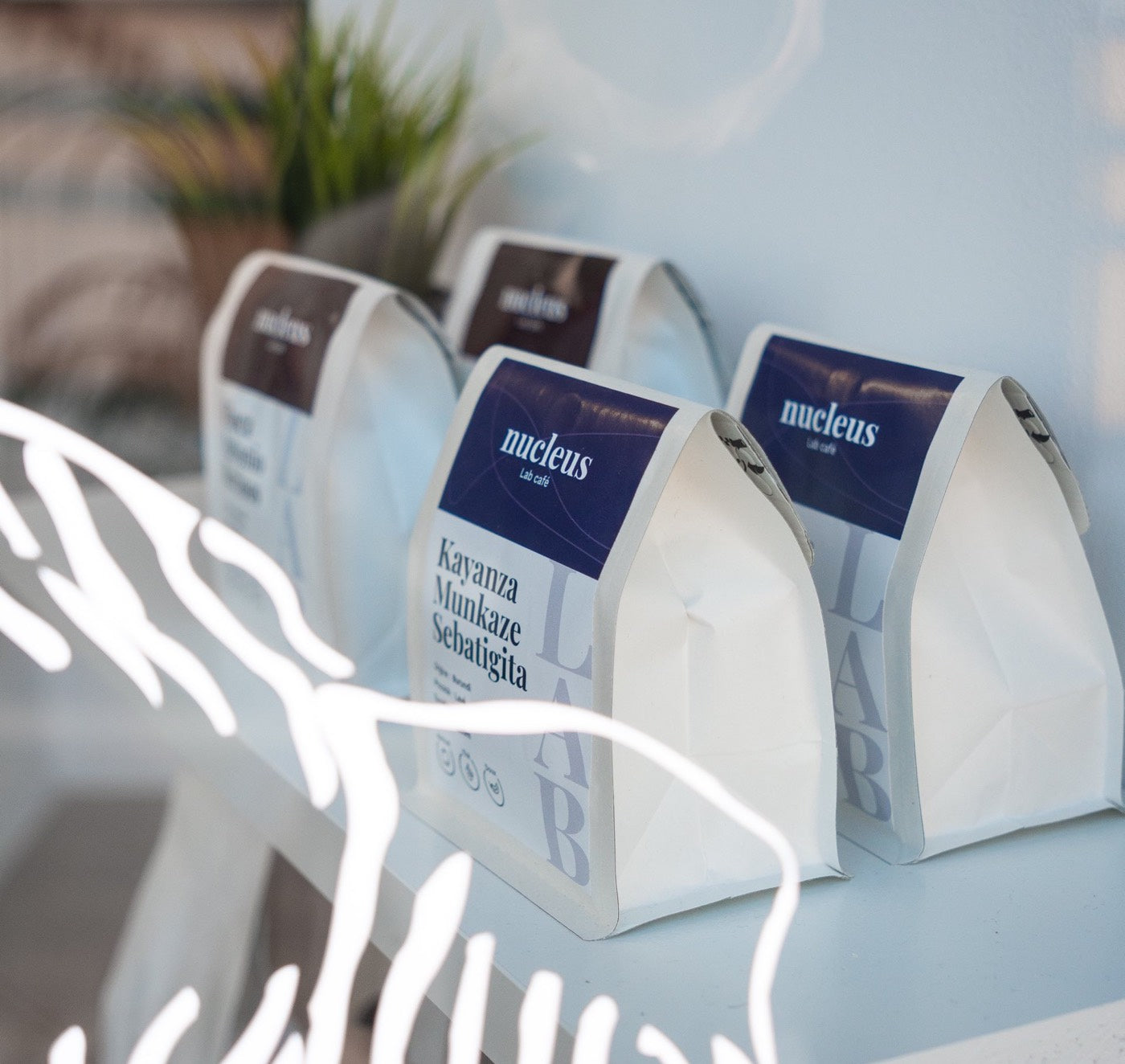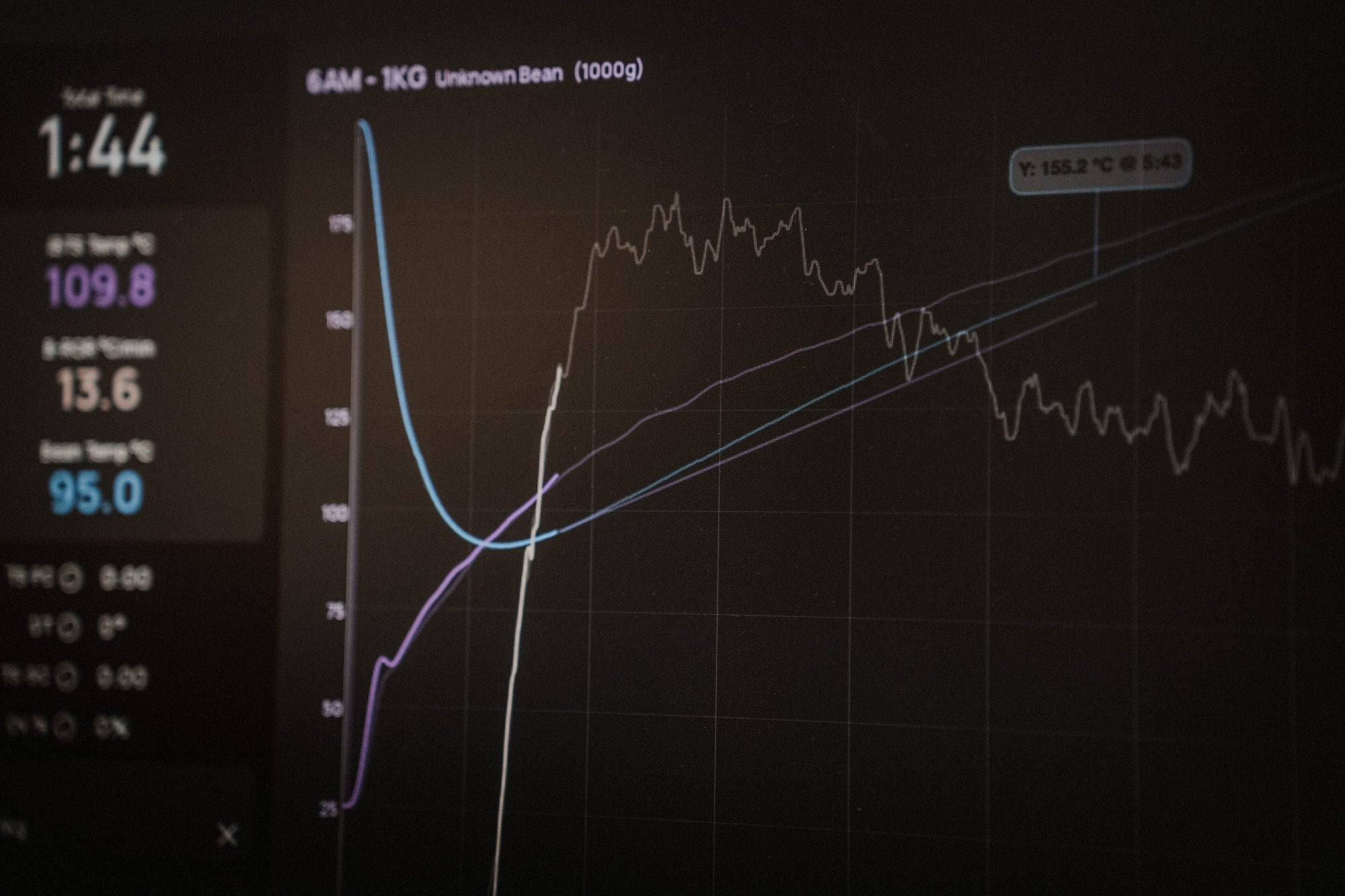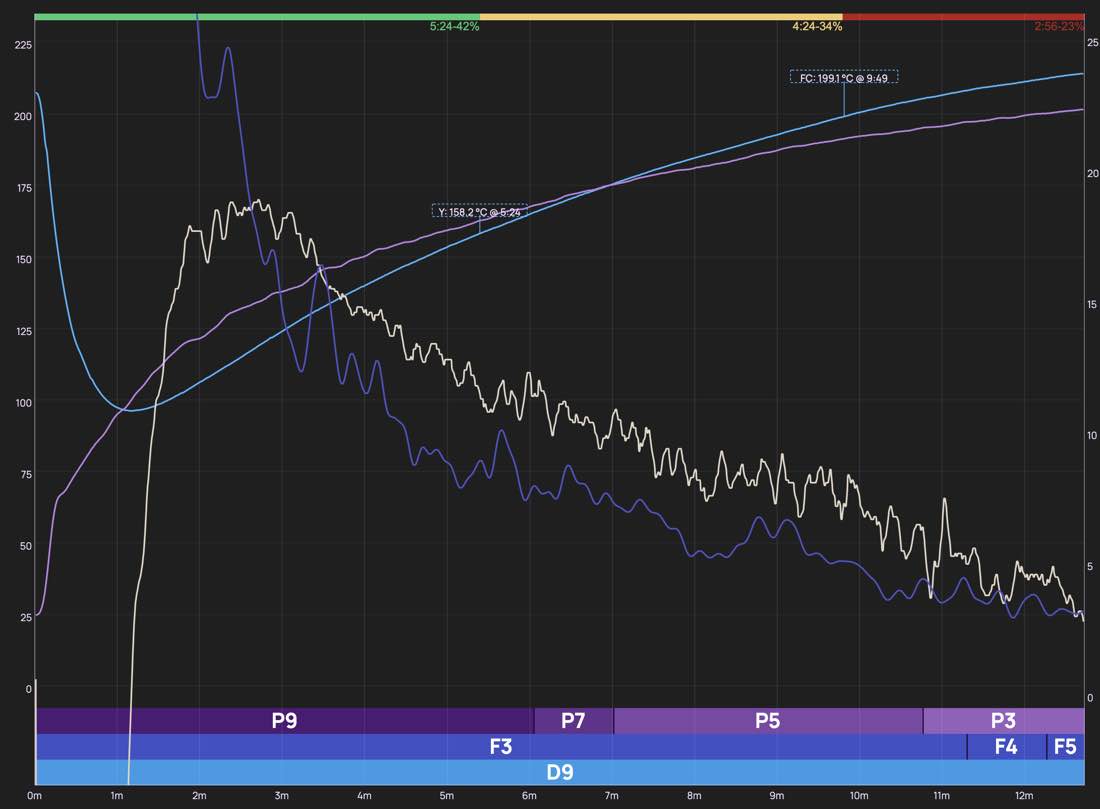Free shipping across Canada 2 bags or 1kg 🤩
Coffee Bags - Are They Really Recyclable Or Compostable?
Last edit Jan 31, 2024 ● Published Oct 16, 2023 ● Jasmin Tétreault
As environmental awareness grows, reducing the packaging material impact becomes more important. In the world of coffee consumption, the disposal of coffee bags poses substantial recycling and composting challenges because of their multi-layered composition, involving plastics, metals, and paper. This article discusses these challenges the role of packaging and the actual feasibility of recycling and composting coffee bags.
The Composition of Coffee Bags
Coffee bags come in a variety of materials like plastics, paper, and laminated bags. Each leaves a different environmental footprint. More recently, bioplastics like Polylactic Acid (PLA), became available and promoted as the more eco-friendly option. What people don't know is that they require specific conditions to break down effectively.
A common bag is available, and the one we use is the lined Kraft paper bag. Kraft paper is a common component, and is recyclable but, unfortunately, loses its recyclability when laminated with materials like Polyethylene (PE) to preserve the coffee's freshness. While it still might be marked recyclable number 7, this combination creates a barrier to both recycling and composting, as they require the separation of layers, a process not feasible in standard recycling or composting facilities.
Recycling Challenges
The process of recycling coffee bags is filled with challenges. Their construction from multiple materials complicates processing in standard recycling plants. The fusion of products creates contamination and results in many of these bags being sent to landfills, as recycling centers are unable to process them.
While some recycling centers could process single plastic coffee bags like the ones marked number 4, it is often difficult for them to find buyers or is just not economically viable. These bags also end up in landfills.
Composting and Its Complexities
Composting, often considered a greener alternative to recycling, has its unique complexities. The key lies in differentiating between biodegradable and compostable materials. Biodegradable materials naturally disintegrate over time and often leave behind residue. Compostable materials like PLA require a specific set of environmental conditions like the right temperature, moisture, and microbial activity to break down into nutrient-rich compost.
Most materials, particularly coffee bags, are unsuitable for home composting and demand processing in industrial composting facilities. The compostability of coffee bags varies, depending on their specific composition, such as paper or PLA, and the capabilities of available composting infrastructures. It's worth noting that the majority of composting facilities are made to handle household waste, and are not equipped to process PLA materials. This results in coffee bags being sent to landfill.
Consumer Responsibility and Actions
Consumers are crucial in the sustainability chain. The 4Rs principle should guide our consumption: reduction, reuse, recycling, and recovery. For the utmost environmental benefit, consumers can choose to buy coffee in bulk directly from roasters and avoid the environmental impact of packaging.
Conclusion
The coffee bag's lifecycle, from purchase to disposal, significantly impacts the environment. Collaborative efforts in recycling and composting by manufacturers, consumers, and waste managers are essential for sustainability.
The ultimate key to making perfect coffee?
Freshly electric roasted specialty beans

Eldorado - Best seller for 3 years
An affordable specialty coffee from Brazil. Medium roast with comforting chocolate aromas. Ideal for a well-balanced, smooth, and comforting espresso.
Eldorado is produced by the Barbosa farm in Brazil, a partner of Nucleus for 3 years now.




Comments
There are no comments.
Your comment